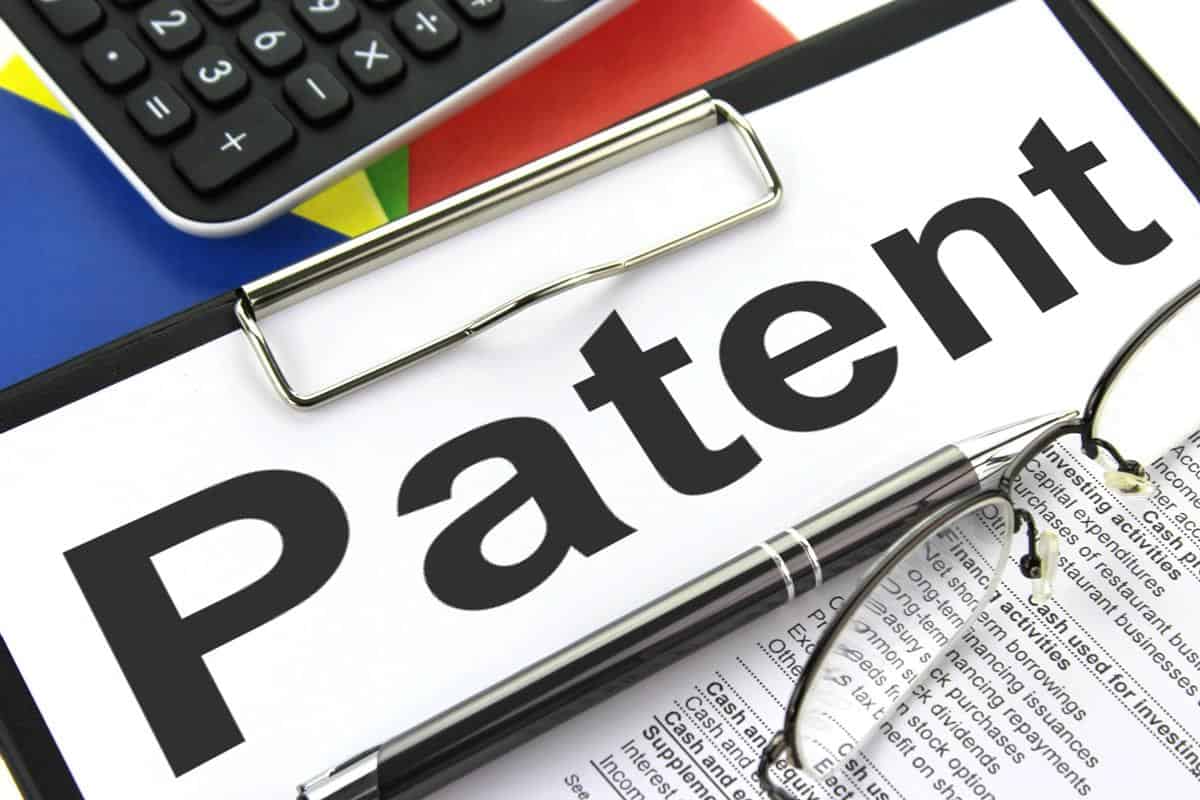China’s state media reports that upcoming amendments to the country’s patent law are likely to reduce the time it takes pharmaceuticals to reach the market.
The State Intellectual Property Office (SIPO) is currently preparing a fourth round of patent law amendments, as the number of patent applications made in China continues to surge.
At a press conference held on 10 July Zheng Huifen (郑慧芬), head of SIPO’s patent examination department, said that the examination time for patents in China is currently around 22 months.
Within the next five years, however, SIPO hopes to reduce the patent examination period by a third, and the “high value” examination period by a half.
With regard to drug patents, SIPO office chair Hu Wenhui (胡文辉) said that the interests of both pharmaceutical companies and the general public must be balanced.
“If our pharmaceutical companies do not have the impetus to engage in research and development, then no new and effective drugs will be developed, and in actuality this will greatly harm the interests of the public,” said Hu according to a report from the state-owned Economic Information Daily.
“On the other hand if the price of drugs that are developed is excessively high, the public won’t be able to use them, and this too will harm the interests of the public.
“At present some of the pharmaceutical patents in China of multinational drug giants have already expired, but even though domestic, home-grown drug companies are capable of production, they still need to complete examination and approval procedures such as clinical trials and assessments of the quality and treatment effectiveness of imitation pharmaceuticals.
“At present updates to the pharmaceutical and healthcare catalogue are far from timely, and there is the possibility that drugs which have been released are temporarily unable to enter the healthcare catalogue.”
According to Hu the fourth round of amendments to the patent law is likely to include provisions to shrink the time between the expiration of pharmaceutical patents and when drugs reach the market.



